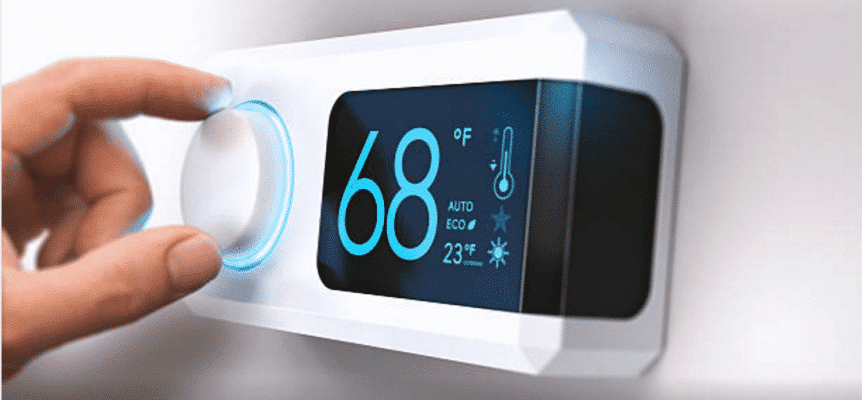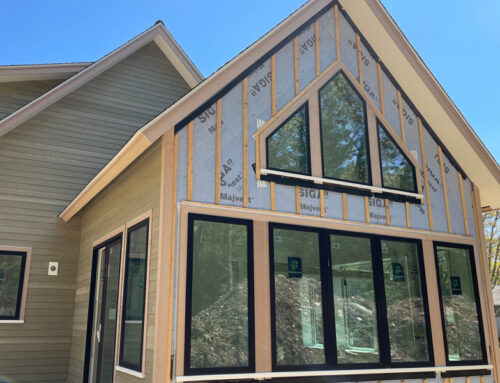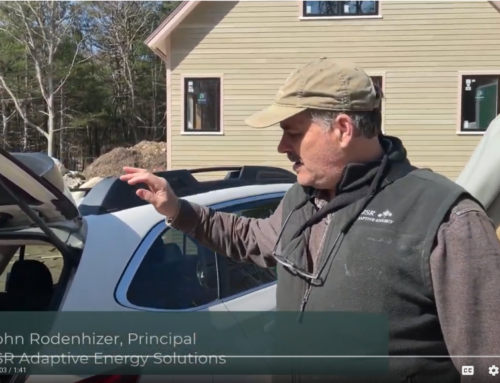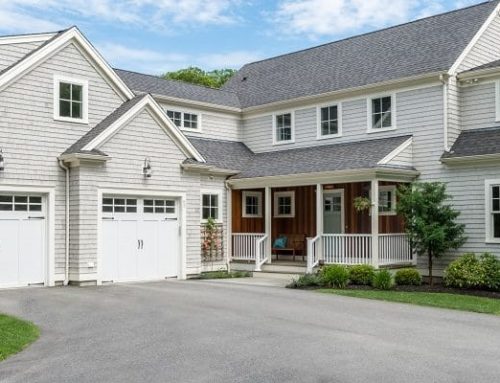Getting the Right Temperature: Choices for Heating and Cooling Your Home

To enjoy your home, you need to be comfortable. The most beautiful home in the world is not going to have happy residents if it is freezing cold in the dead of winter. There are many ways to heat and cool your home, and while it’s one of the less appealing topics that come up when designing a home, it’s one of the most important. Here’s what you need to know about the options available to you for heating and/or cooling your home.
Geothermal energy – This is the greenest, least expensive way to heat your home, but it is also the most costly to initially implement. It works through a pump that transfers energy to and from the earth. Beneath the earth’s surface, there is a constant and naturally occurring source of heat. This type of system takes advantage of that source by circulating the heat (or cooling agent) through pipes in the ground to a conventional ductwork system in the home.
Radiant heating – By definition, this system is a temperature-controlled surface that exchanges heat with its surrounding environment through convection and radiation. At a basic level, radiant heating leverages pipes in the floor to circulate hot water. Though very effective, this type of system can be expensive because it operates separately from a cooling operation. If you need AC as well, you will have to incorporate another set of ductwork. However, many clients feel this is the most efficient way to comfortably heat their home.
Hydronic system – This heating system works by using the efficient transfer of heat through water. The heat is carried from a heat source (such as a boiler), throughout the house using pipes. For cooling, cold water would be used in the pipes. Fans blow over these pipes to disburse warmer or cooler air. This is less expensive than the above-mentioned options, but not the most cost-effective way to heat a home.
Some other options worth looking into are gas-fired hot air systems, solar heating, and electric baseboard heat. In particular, electric baseboard heating options are interesting because they are inexpensive to install but expensive to run. However, you can leverage them for one room at a time, closing off rooms that you’re not currently using, to keep the cost down. We also get questions about mini-splits for air conditioning (otherwise known as ductless air conditioning). These can be a great fit for older homes that don’t have the ductwork necessary to implement an AC system, or for room additions or small apartments. If you’re curious about any of these systems – or anything else related to keeping your home comfortable – let us know!








